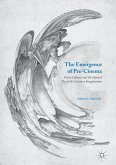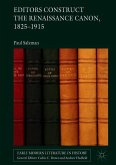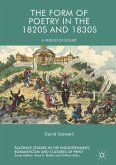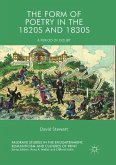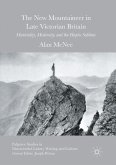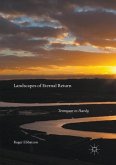The book investigates the dispersed emergence of the new visual regime associated with nineteenth-century pre-cinematic spectacles in the literary imagination of the previous centuries. Its comparative angle ranges from the Medieval and Baroque period to the visual and stylistic experimentations of the Romantic age, in the prose of Anne Radcliffe, the experiments of Friedrich Schlegel, and in Wordsworth's Prelude. The book examines the cultural traces of the transformation of perception and representation in art, architecture, literature, and print culture, providing an indispensable background to any discussion of nineteenth-century culture at large and its striving for a figurative model of realism. Understanding the origins of nineteenth-century mimesis through an unacknowledged genealogy of visual practices helps also to redefine novel theory and points to the centrality of the new definition of 'historicism' irradiating from Jena Romanticism for the structuringof modern cultural studies.
"Gabriele's book is an articulate, erudite, and readable contribution to Romantic-era scholarship at the intersection of literary and visual studies in at least two obvious ways: he persuasively demonstrates the long history of the visual in Western Culture, undermining the myth of Romantic rupture, and, having done so-through careful reading of three essential authors of the 'self-re exive turn' from the discourse-network of 1800-contributes greatly to our understanding of how this splitting of signifier from referent emerges with new forms of seeing." (William S. Davis, European Romantic Review, Vol. 30 (1), 2019)


